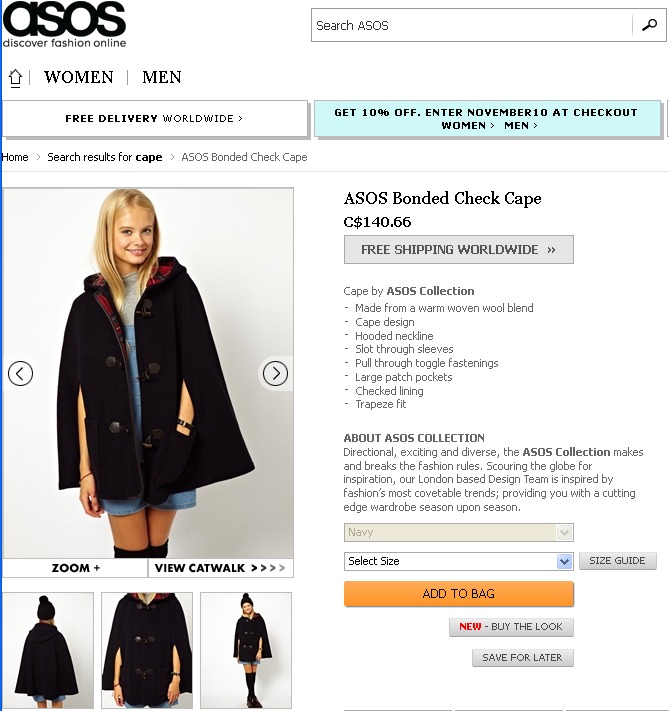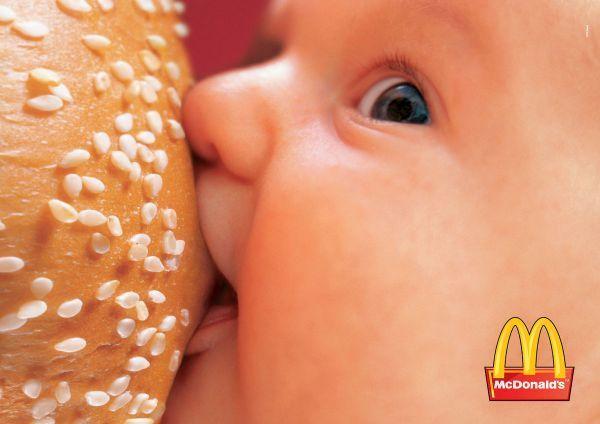When I first heard we have to do the video on our project I did not expect it to end up having so much fun. I remember how we first were stuck with starting the script. But ones it was started it just flowed and the whole process of writing the script was really enjoyable (especially when you do it with your friends). The most enjoyable part was actually filming it and seeing how the whole thing is creating. I will never forget how we went to Toyota dealership in Richmond at 8 am, it was freezing and the only thing that kept you warm without having a jacket on is the support of your team mates. They were really cheerful and made the whole experience really fun. I also remember how we were stuck in the media library for the whole day because we didn’t know how to save the project in iMovie as project not as a film (and it seemed like no one did). So, the whole editing part was done in one day without any prior experience with iMovie or with use of Apple computers. To tell you the truth after all we went through with this computer I don’t think Apple is user friendly at all. Nevertheless, I was so happy when we were all done with the movie and had a good dinner out that night.
PS There is actually a lot more to write about this video project but the word limit does not give me this opportunity. So, in the end I just want to thank all my team members for making this experience so meaningful!






